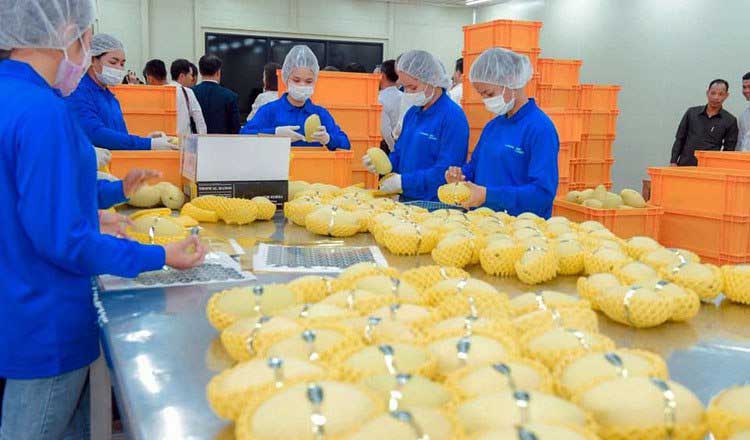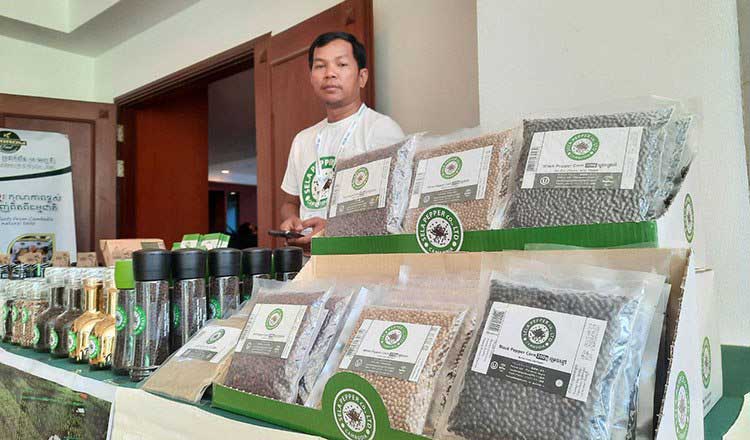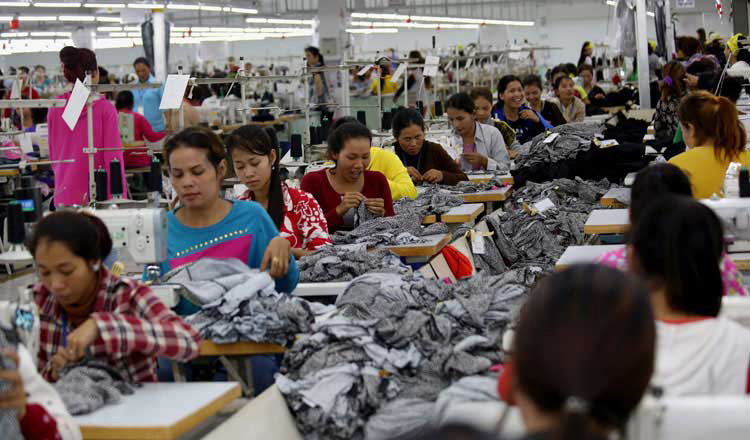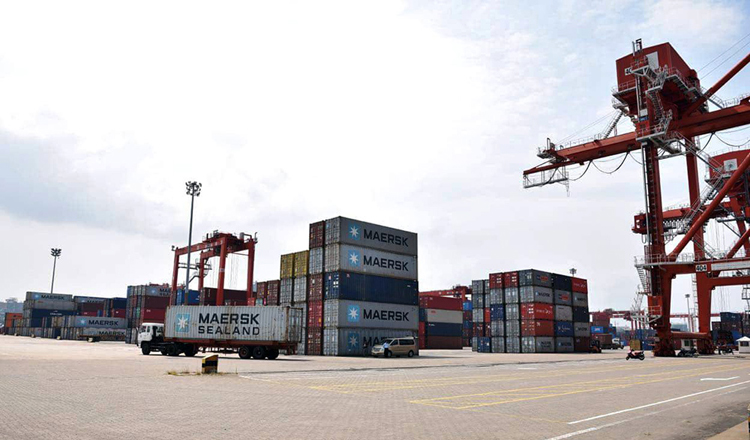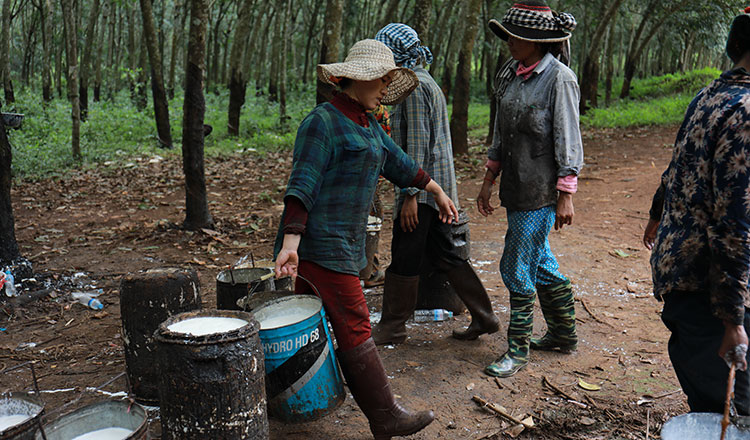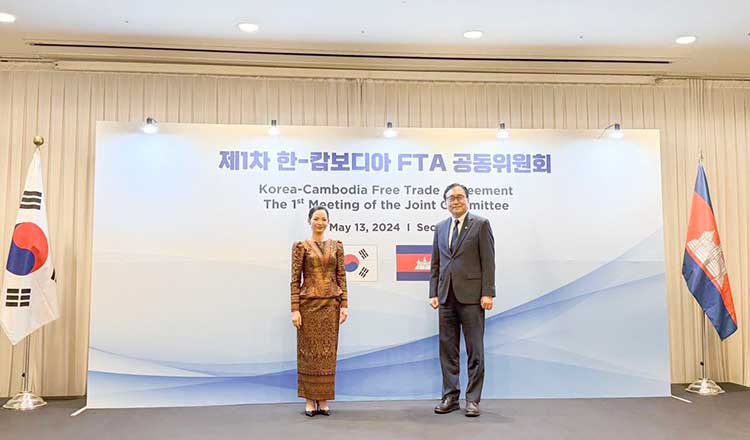The National Bank of Cambodia reviews measures of housing prices
The National Bank of Cambodia reviews measures of housing prices
The Asian Development Bank forecast last month that Cambodia would have one of the lowest inflation rates in Southeast Asia this year if global fuel prices remain stable.
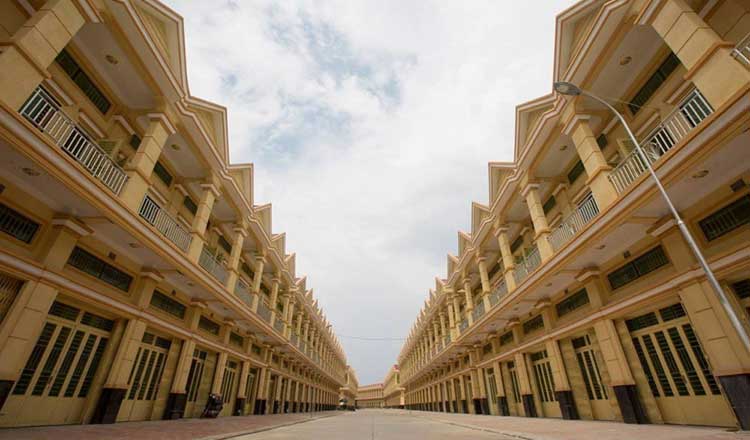
After reaching 5.3 percent in 2022, Cambodia’s annual inflation rate dropped to 2.1 percent last year and is forecast at 2.0 percent this year.
That compares with 20.0 percent in Laos and 15.5 percent in Myanmar. 4.0 percent in Vietnam, 3.8 percent in the Philippines, 3.0 percent in Singapore, 2.8 percent in Indonesia, and 2.6 percent in Malaysia. The only ASEAN members where prices are expected to rise less than Cambodia are (Brunei 1.1 percent) and Thailand (1.0 percent).
CONSUMER PRICES
In Cambodia, the most closely watched measure of inflation is consumer prices.
The National Institute of Statistics monitors the prices of consumer goods and services, publishing an overall consumer price index (CPI) every month.
It also publishes separate indexes for particular items. These measure the amount consumers are paying for everything from food, clothing, water, and electricity to health, transport, communications, and education.
For example, the overall consumer price index in February this year was 0.7 percent higher than last year.
The biggest gains were in transport cost, up 2.4 percent from February last year, and restaurant prices, which rose by 1.1 percent. These were offset by smaller increases for other items like communications, up only 0.1 percent.
HOUSING PRICES
With the boom in real estate transactions in recent years, the National Bank of Cambodia launched a housing price index in mid-2022
Known as the residential property price index (RPPI), this new index — like the CPI — measures overall prices in this housing case nationwide.
Data is based on details of housing loans by Cambodian domestic banks.
At 109 points in June 2022, the overall index for Phnom Penh and the provinces was 9 percent higher than in 2020, when it averaged 100 points.
The index rose to a peak of 116 points in the middle of last year — 16 percent above the average for 2020 — before retreating to around 112 points at the end of 2023, which remained early this year.
Unlike the CPI, the housing index has only two sub-indexes — one for Phnom Penh and another for the provinces. But this may be about to change.
NATIONAL BANK CONCERNS
According to the International Monetary Fund (IMF), central bank staff recently “raised concerns about the trajectory of the price index” and asked for a review of the methods and software used.
The IMF sent a technical mission to Phnom Penh for five days in January.
Barra Casey, a senior economist at the IMF in Washington who specializes in real-estate statistics, led the team.
Casey is a former central banker with solid experience in the real estate sector. He previously worked at the Bank of Ireland, a country whose property bubble burst in 2008, paving the way for a commercial banking crisis as the “Celtic Tiger” economy crashed.
During the mission to Phnom Penh, the team met with nine NBC staff members, including Dr Khou Vouthy, deputy director-general for policy and international cooperation, and his deputy, Ith Hero, who also heads the central bank’s Statistics Department.
Casey’s report, published on May 3, shows that concerns about the index’s trajectory were justified.
For example, it looks at the overall housing price index for the 18 months to June 2021.
The data published shows an increase of 16 percent. But updated data indicate that the index rose by only 11 percent — indicating the price increases were being overestimated.
‘VERY TIMELY’
The IMF review found that the central bank’s monthly survey is based on hundreds of housing loans. The average monthly number was 880 last year, down from 1,260 in 2022.
NBC’s publication of the data is “very timely,” the report said.
The central bank receives the data 10 days after the reference month, and checks are usually completed by the 20th day, allowing publication at the start of the following month.
For example, data for May would typically be received by June 10, checked by June 20, and published in early July.
Information on houses includes the price, location, and size, as well as the type of property, the title, the number of floors, and the date of construction.
INFORMATION GAPS
Monthly surveys do not cover loans by foreign banks. Cash purchases are also not included. Nor are purchases financed by loans by property developers.
The surveys also exclude apartments. One reason is that foreigners essentially purchase flats—at least on the upper floors, not the ground floor—with loans likely to be financed by foreign banks.
To better understand the market’s total size, the IMF recommended that the national bank combine its loan data with information from other sources, such as the General Department of Taxation under the Ministry of Economy and Finance.
“The NBC should devise a longer-term strategy to close the gap in coverage by researching new data sources,” the report said.
Given that it “may not be able to access transaction-level data from administrative sources readily, it was felt that listings information from real-estate websites may be the best option to research initially.”
For the medium term, the report urged the central bank to continue to use existing bank loan data, supplemented by additional data from micro-financial institutions that it has already started collecting. This is mainly for housing transactions in the provinces.
BROADER COVERAGE OF PHNOM PENH
During the IMF mission, it was decided to amend loan criteria by lowering the minimum land area from 40 to 20 square meters.
It was also found that loans to property developers should be excluded as funds are used for purchasing materials and paying builders rather than buying a residential property.
The biggest change discussed in detail was extending the geography of the sub-indexes, which are currently limited to Phnom Penh and outside the capital.
With “sufficient observations within Phnom Penh,” the IMF recommended dividing the capital into three areas — Central and East Phnom Penh (eight khans), Inner Suburbs (four khans), and Outer Suburbs (four khans).
DECEMBER DEADLINE
The IMF urged updated indices to be calculated and compared with published data by June. Improved methods could then be included in compiling the housing price indexes by December after deciding whether or not to revise the old data going back to 2020.
The IMF report also recommended that the NBC website publish details of the new method for calculating the indices.
Cambodian authorities are “strongly committed to improving the methodology,” the IMF team found.
“Reliable property price indices and other indicators of real estate markets are essential for assessing developments and risks in property markets and understanding the linkages between property markets and financial soundness.”
It is essential for the IMF’s country surveillance, too, of course.





